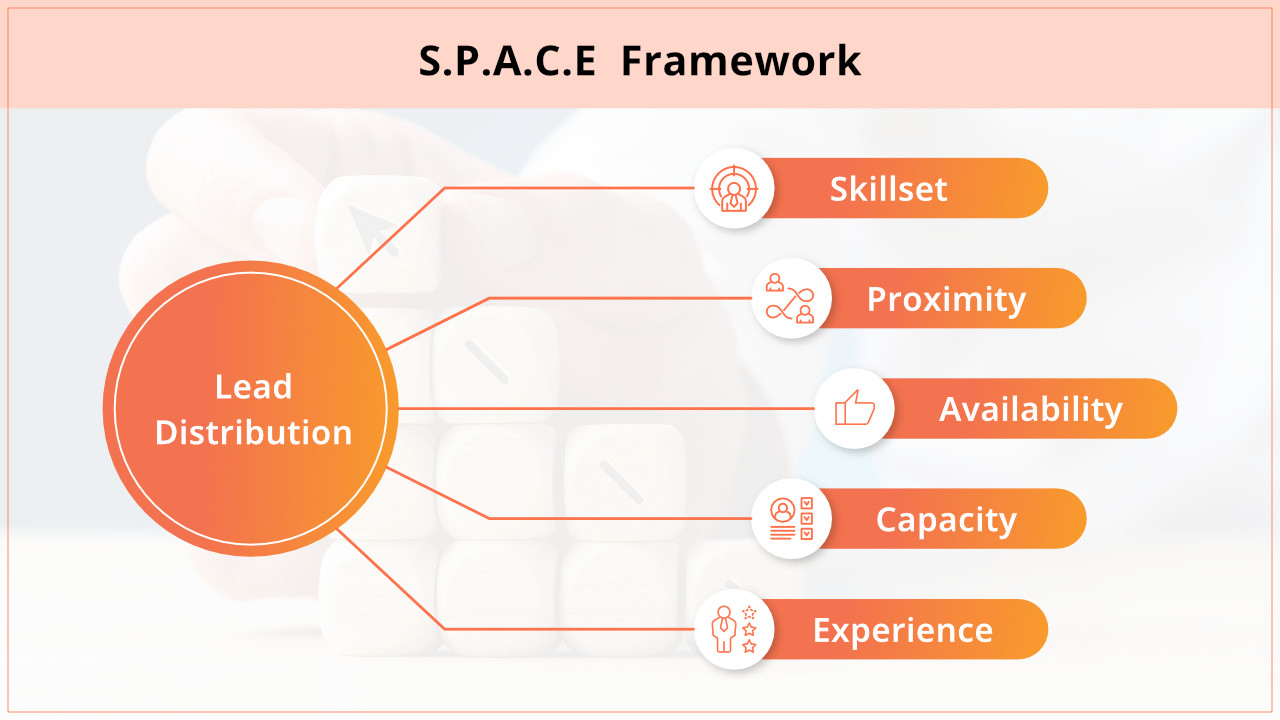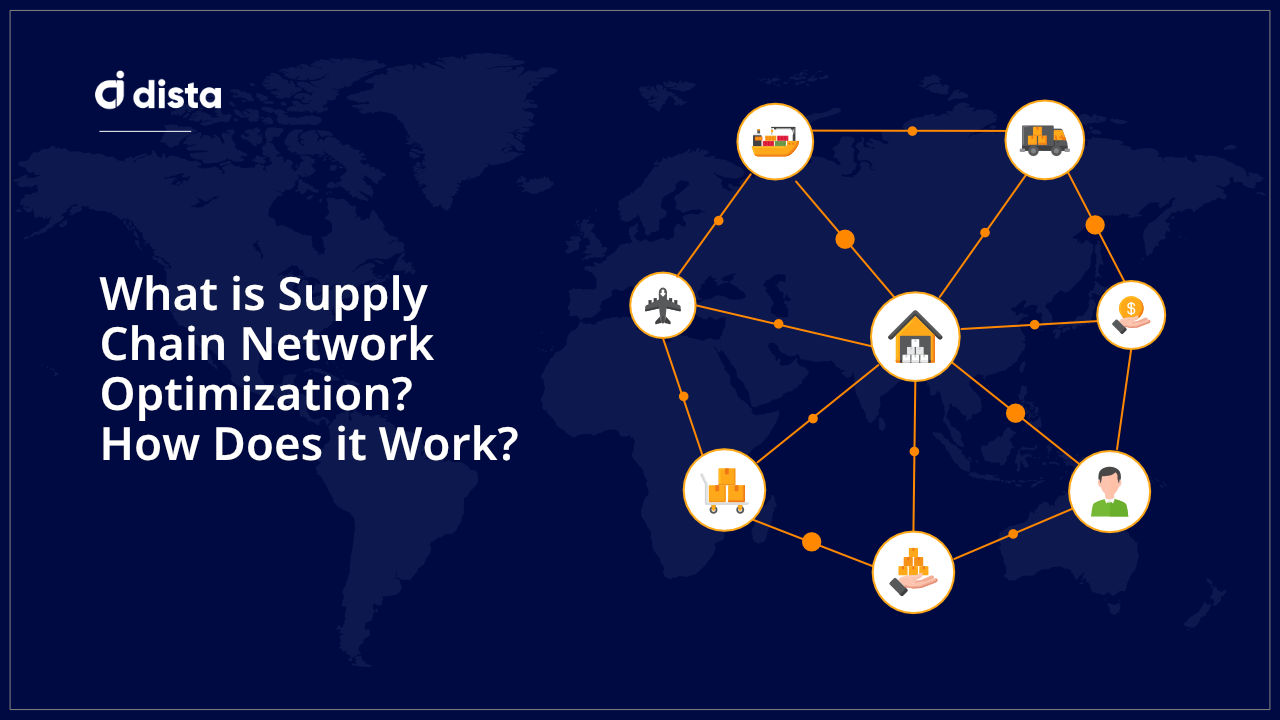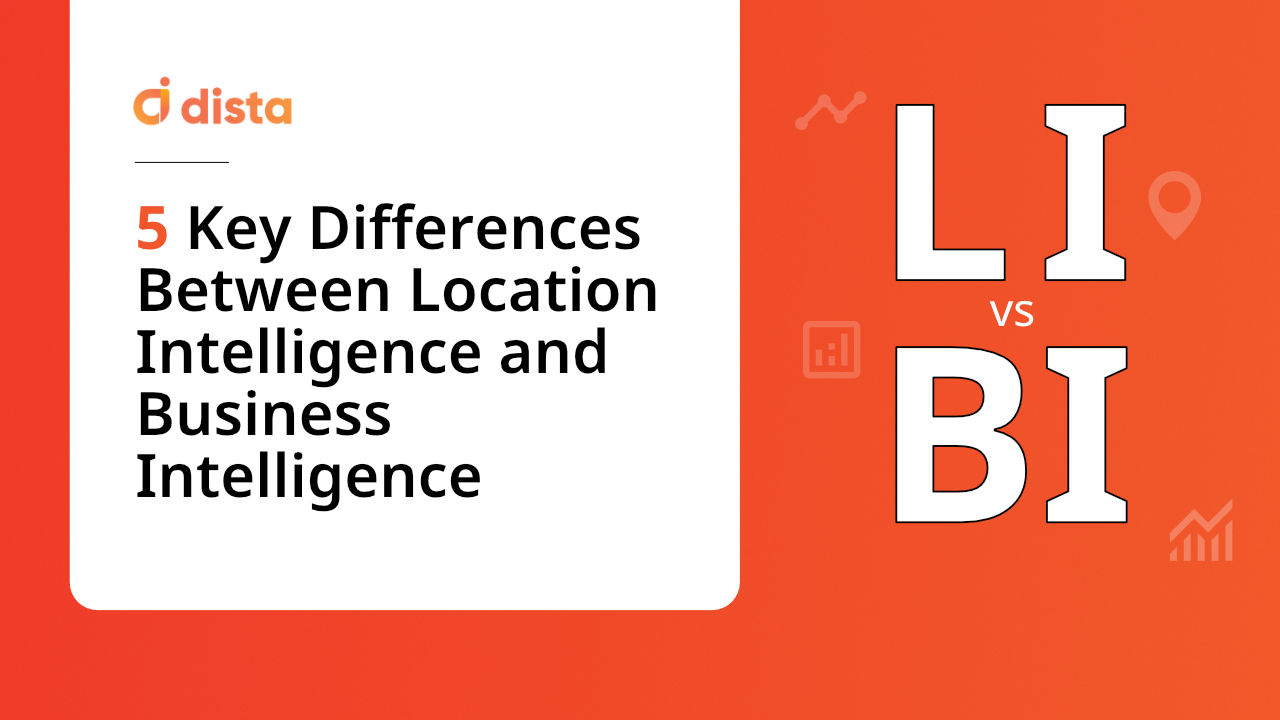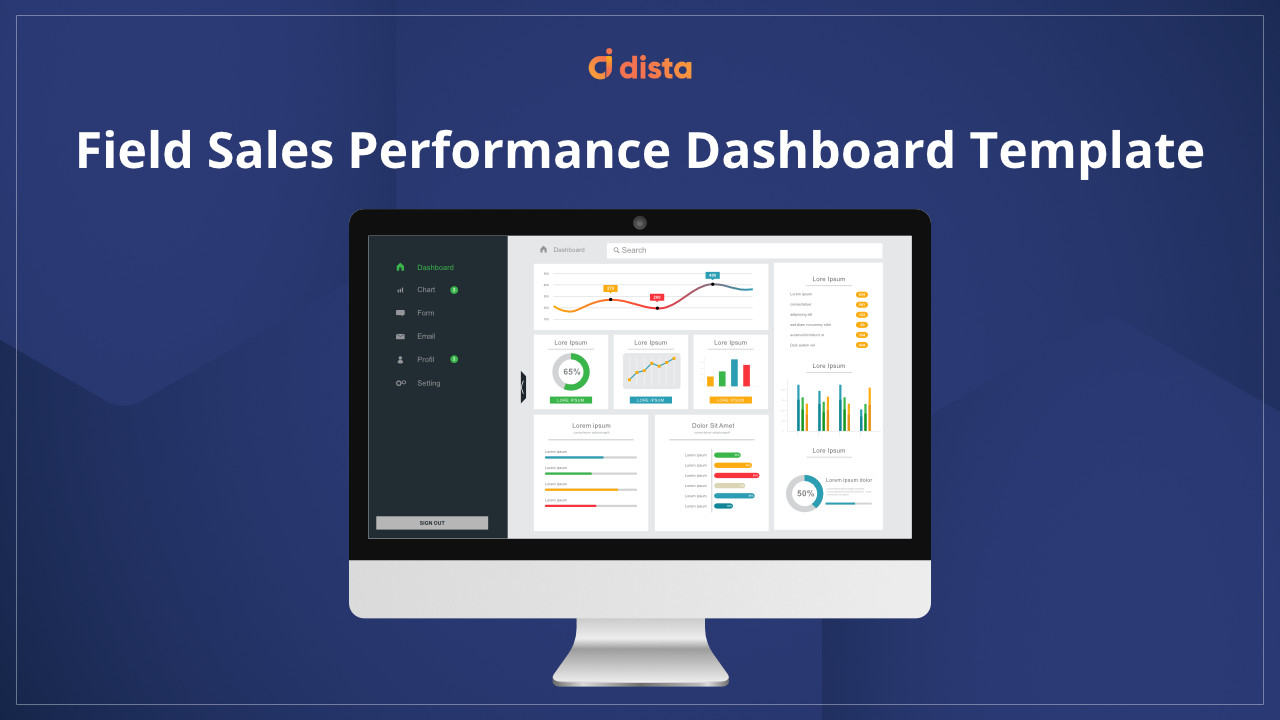What is Lead Distribution?
Lead distribution is a process to assign, or route leads to the most suitable sales rep based on set business rules. With the advent of multiple sales tools and CRMs, the lead distribution process is becoming more complicated than necessary.
The goal of the process is to match every lead to the right sales rep and increase the probability of success.
Organizations cannot have a ‘one size fits all’ approach to distributing leads. Each lead has different needs, goals, desires, and objectives. And each sales rep has unique skills, strengths, experiences, and abilities. A robust lead distribution process aims to automate the screening, analyzing, and assigning of leads to the field sales team.
To go beyond lead assignments, Dista recommends the S.P.A.C.E. framework. This framework aims to fortify the lead distribution process by accounting for all variables and narrowing down the best sales rep for any particular lead.
Index
4 Key Steps to Consider for Lead Distribution
A robust lead distribution process aims to increase the conversion potential of every new lead generated. The complete lead management system must be seamless from lead capture to lead assignment to build an effective lead distribution process.
Here are key steps to consider for driving profitable lead distribution:

1. Lead Generation
Lead generation generates or attracts leads through multiple channels to increase the sales pipeline. Every organization grows its customer base through the lead generation process.
Lead generation is the first step in the buyer journey. Lead generation channels can be:
- Online ad campaigns
- Email campaigns
- Organic website visitors
- Social media
- Webinars or events
- Self sourced or referrals
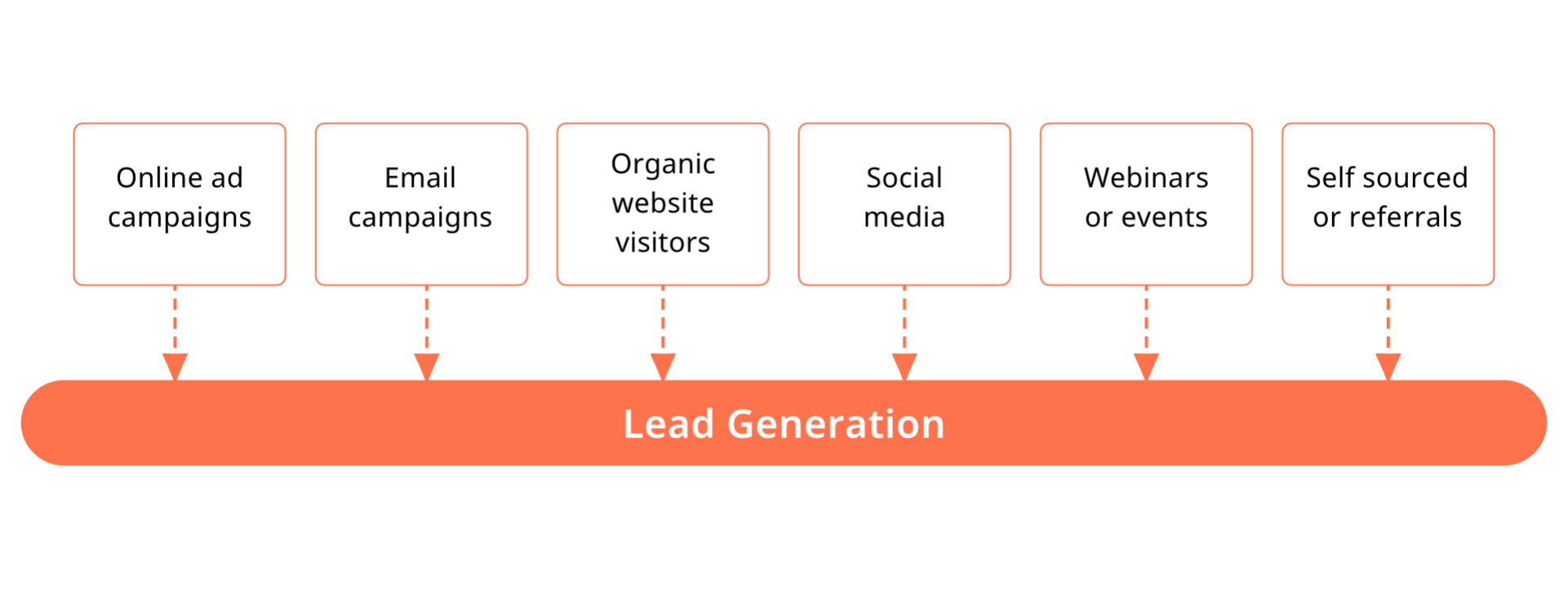
It is the handoff point between marketing and sales teams. According to a Gartner study, organizations sourcing 40% of their leads from marketing channels experience higher conversion rates than others. All leads must be driven to a single sales management platform like Dista Sales, ensuring zero lead leakage and improving process efficiency.
2. Lead Capture
Lead capturing is collecting lead details such as name, email address, job title, company, industry, contact number, location, or any other information that aids the sales team in having a meaningful conversation with the lead.
Location plays a critical role for field sales teams. Location intelligence equips sales teams to devise a scheduling frequency for sales visits. It is crucial in designing smart beat plans to enhance sales productivity. Dynamic route planning aids field sales reps to boost.
3. Lead Qualification
Every lead gets screened before the assignment. Leads must be filtered effectively to improve the opportunity pipeline for the sales team.
Leads must meet the necessary guidelines for qualification. The lead qualification process must follow the BANT principle to ensure a high qualification ratio and build a sustainable pipeline for the sales team.
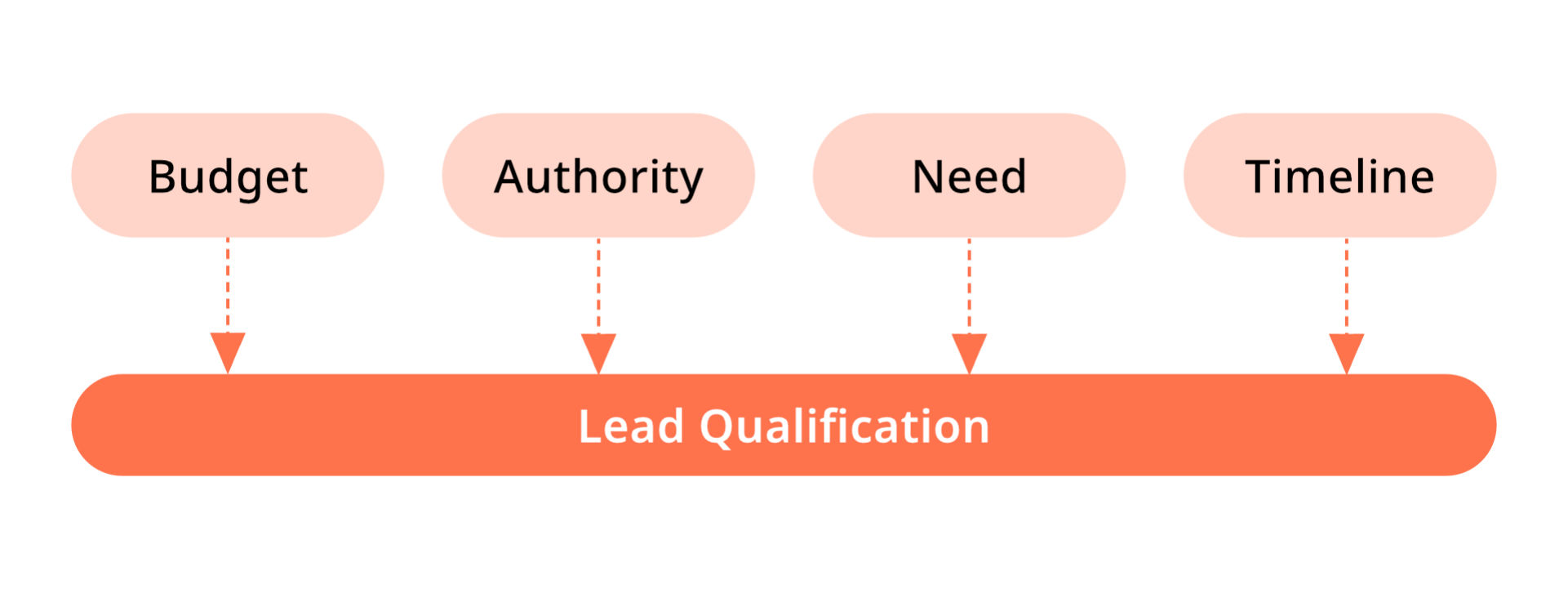
The BANT principle talks about lead qualification through:
B – Budget (Does the lead fit the budget requirement)
A – Authority (Is the lead the right persona to take the call for the deal)
N – Need (Does the lead have a genuine need, and is there a use case match?)
T – Timeline (Does the lead fit into the time-to-market guideline required for the product/service?)
Finding a match for at least three of the four variables mentioned above is essential.
Another key aspect is urgency, depending on the nature of the lead, type of prospect, deal type, etc. Qualifying leads based on these parameters plays a vital role in increasing the sales velocity. Dista Sales allows sales teams to assess the lead quality based on the urgency level segment them by Hot lead, Warm lead, and Cold lead.
4. Lead Assignment
Lead assignment is the final and most crucial step for an effective lead distribution strategy. The goal of the lead assignment is to allocate the leads generated to the most suitable sales rep based on set conditions. These conditions are defined before launching the lead generation program and are weighted appropriately.
The SPACE framework is a tool that aids sales leaders in optimizing the lead distribution process with a definitive approach and boosts sales performance.
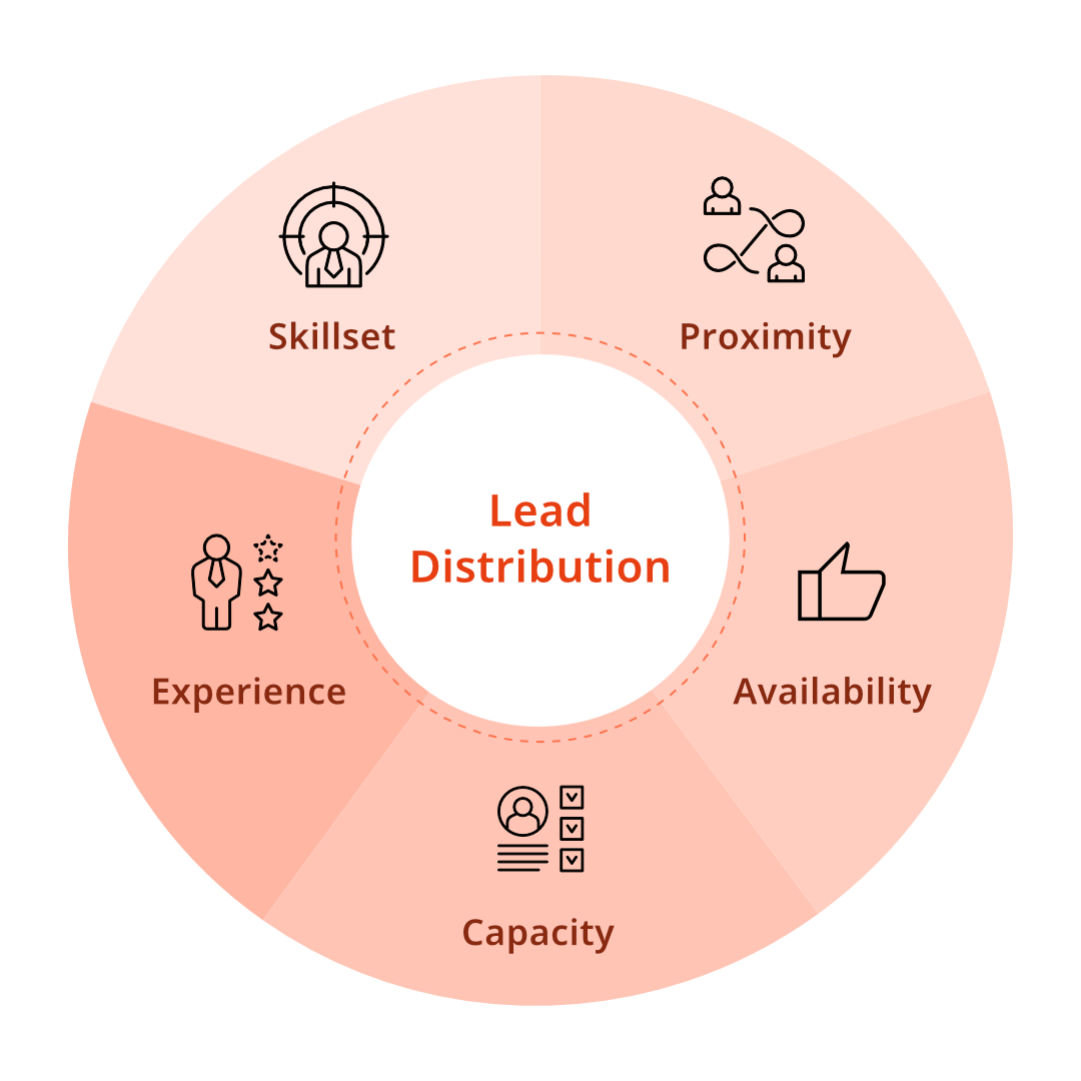
Key Factors for Lead Assignment: S.P.A.C.E. Framework
What is the S.P.A.C.E Framework?
Any lead distribution strategy’s goal should be to improve the sales conversion rate by identifying the right sales reps for each lead.
For an effective and sustainable lead distribution strategy, Dista recommends the SPACE framework, i.e., Skill – Proximity – Availability – Capacity – Experience.
S-> Skillset – This condition matches leads by identifying the right fit for each lead based on the unique skills of the sales reps and the lead requirement. Sales leaders can match leads with an appropriate sales rep on the ability to negotiate, exceptional strength in certain use cases, overall communication, etc. The goal is to increase the probability of having a successful lead engagement.
P-> Proximity – This rule matches the location of the field sales rep with the lead location. It is a must-have condition as it helps run precise scheduling and route planning algorithms for sales visits. If the lead is near the field sales rep, it is easier for the agent to be the first to engage with the lead.
A-> Availability – This rule helps identify sales reps unavailable due to illness or on vacation. In case of unavailability, reassign leads to other sales reps. It reduces sales workload and maintains a balanced lead distribution. Furthermore, it ensures a sales rep is always available to handle leads.
C-> Capacity – Monitoring the capacity of each sales rep is essential to ensure zero overloading and maintain equitable lead distribution. Moreover, balancing the lead distribution is necessary to ensure every sales rep has a good runway to achieve their sales quota.
E-> Experience – Every lead requires sales reps with unique strengths and experience. Some leads need representatives who are particularly experienced in handling certain use cases or have expertise in particular product/service functionalities.
Dista Sales assigns leads based on the S.P.A.C.E. framework. Therefore the lead assignment process is entirely automated, making it more reliable and equitable for sales reps.
3 Steps for Effective Lead Distribution
Following are the three critical steps for implementing an automated and reliable lead distribution strategy:
1. Automated Lead Capture
Lead capture must be accurate to make the hand-off between marketing and sales seamless. Automating the lead capture step is essential to achieve frictionless hand-off between marketing and sales.
Integrating lead generation tools with Dista Sales simplifies the lead capture process. This integration allows all the lead information to seamlessly flow into Dista Sales from your CRM systems or any other lead generation tool. Moreover, it minimizes manual intervention from the marketing team to share leads through spreadsheets.
2. Lead Qualification
According to HubSpot research, lead qualification was among the top three challenges for sales teams. The lead qualification step is an integral part of lead capture. To simplify lead screening and make it more efficient, include qualification parameters as part of the web forms used for lead generation. It enables the auto-qualification of leads from any source.
Depending on the business requirements, define the qualification criteria with fields such as business size, revenue, need for a solution, location, and more. It would enable filtering out leads that do not fit your criteria, saving time and effort for your sales teams.
An all-encompassing field sales software like Dista Sales empowers sales teams with an automated lead qualification feature that simplifies the lead screening process and increases the prospecting ratio of sales leads. Finally, automating lead qualification enhances the quality of leads that flow into the sales funnel.
3. Methods for Lead Distribution
To identify the best possible methods for lead distribution, sales organizations need to go back to the drawing board and understand their sales goals. Once the sales objectives and approach toward achieving those goals are clear, the lead distribution method must be clearly outlined and executed. The following are the methodologies for lead distribution:
- Automated Lead Distribution
This method is best when used with a lead management software like Dista Sales that assigns leads based on the SPACE framework (Skill-Proximity-Availability-Capacity-Experience) explained above.
The advantage of using Dista Sales is that it is easily customizable and caters to every complexity of the lead management process. It also aids field sales reps in setting follow-up cadences, scheduling prospect visits, and planning dynamic routes for travel. Thus automating the lead distribution process.
- Manual Lead Distribution
In this method, leads are assigned manually to sales reps. It makes the process more tedious, time-consuming, and requires much effort. It would be an unwise strategy, especially for organizations with more leads, multiple lead sources, and extensive sales territories.
- Cherry Pick
In this method, field sales reps select the leads they want to pursue and outline the manner of engagement. The drawback of this approach is that each salesperson would choose the best possible deals, i.e., high deal value, propensity to closure, higher incentives, etc.
It would lead to biases, chaos and hamper the environment of the sales organization. This method also needs more scalability.
- Round Robin
It is a push method of lead assignment. It frequently removes biases, maintains a balance between sales reps by allocating leads by rotation, and ensures consistency.
However, this method needs to consider lead characteristics, nature of the deal, location, sales rep expertise, and experience.
Benefits of S.P.A.C.E. Framework for Lead Distribution
An efficient and effective lead distribution strategy is a cornerstone for sales success. Dista Sales’ S.P.A.C.E. framework is the core architecture for the lead distribution process. The following are the benefits of using this framework:
- Reduce Lead Response Time
One of the primary advantages of using the S.P.A.C.E. framework for lead distribution is faster response times. Responding faster to leads significantly increases chances of success, as prospects or customers typically have a limited attention span and move on to the next business.
A well-designed automated lead distribution system ensures that every lead is – assigned to the right sales rep; each sales rep has an optimized route plan for making a sales visit the fastest way possible and being the first to engage. As a result, it increases the chances of converting that lead into a sale.
- Boost Sales Performance
Lead distribution with S.P.A.C.E. is a way to balance the sales workload equitably and efficiently across the sales team using automation. Furthermore, it removes bias and raises the productivity levels of the sales team by qualifying the right leads and assigning them to the most suitable sales rep.

- Increase Sales Efficiency
An effective lead distribution strategy enables a more structured and efficient approach to lead management by filtering and routing leads through multiple territories, sales rep experience, sales skill set, location proximity, rep availability, or rep capacity.
It ensures that no leads fall through the cracks and saves time. With increased efficiency comes improved productivity, as field sales reps can spend more time focusing on selling and less time juggling leads.
Also Read: Leading Home Finance Firm Improves Lead Management With Dista

- Optimized Territory Mapping
Since location is a critical parameter for lead distribution and assignment, sales territory alignment is crucial to achieving lead distribution success.
Sales reps should be mapped to suitable territories by lead coverage, lead density, customer spread, nature of leads, competitor presence, and more. S.P.A.C.E framework unlocks optimal territory alignment and aids balanced territory design for equitable lead distribution. It directly results in maximizing sales coverage and profitability.
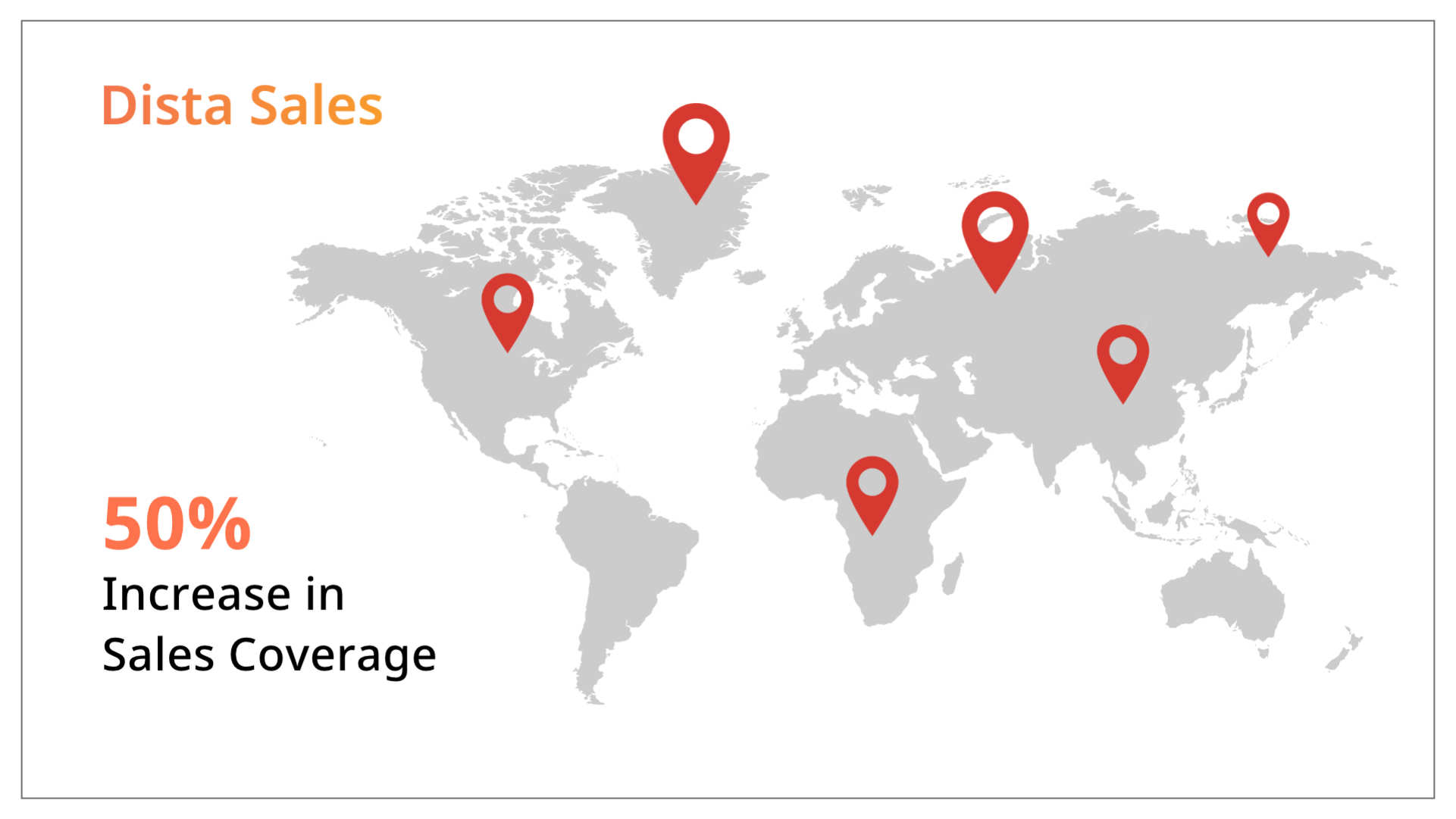
- Increase Lead Conversions
The most crucial benefit of an effective lead distribution strategy is closing deals. With improved speed to lead, increased sales efficiency, and a better customer experience, your sales team is better equipped to convert qualified leads into paying customers translating to increased revenue and business growth.

Final Thoughts
Lead distribution is a vital aspect of a successful sales strategy and is the foundation of the lead management process. With the S.P.A.C.E. framework, businesses can improve speed to lead, enhance efficiency, provide a better customer experience, and close more deals.
The right sales rep develops a strong connection with the prospect and builds trust. Dista Sales simplifies the lead distribution process by considering every possible complexity and analyzing your effort’s performance to identify optimization areas.
The result is a sales team that’s more productive, a more successful business, and more satisfied customers.

